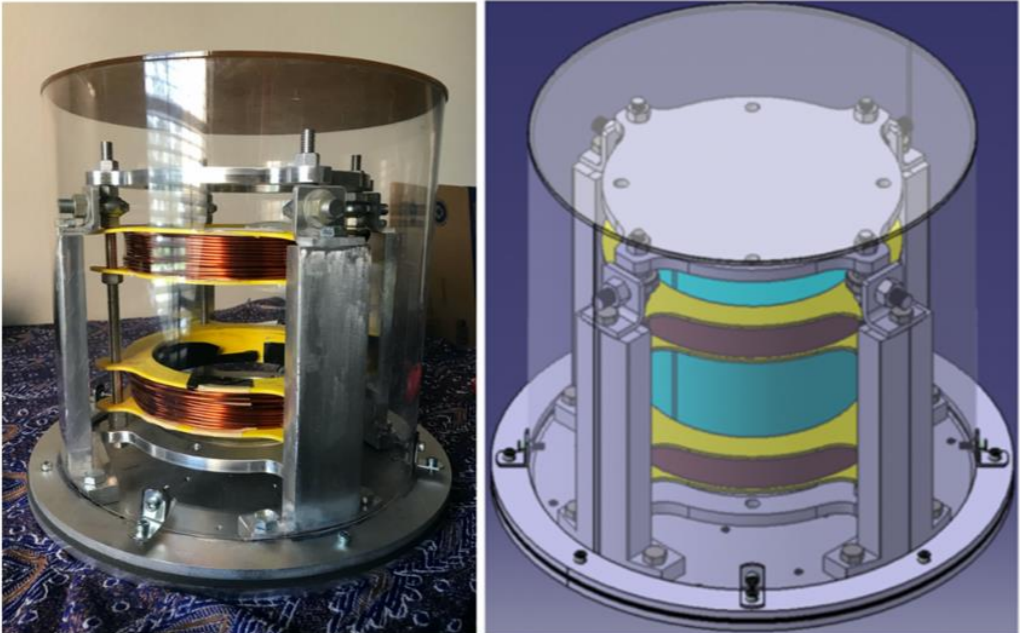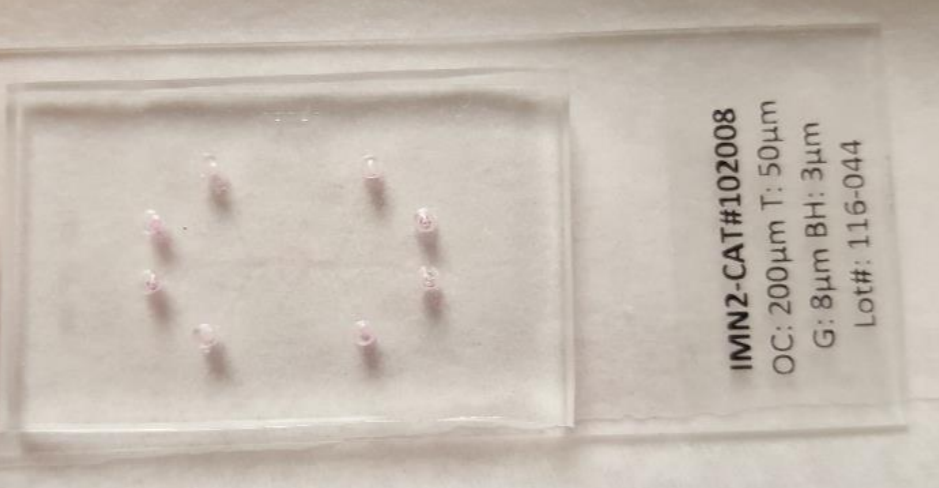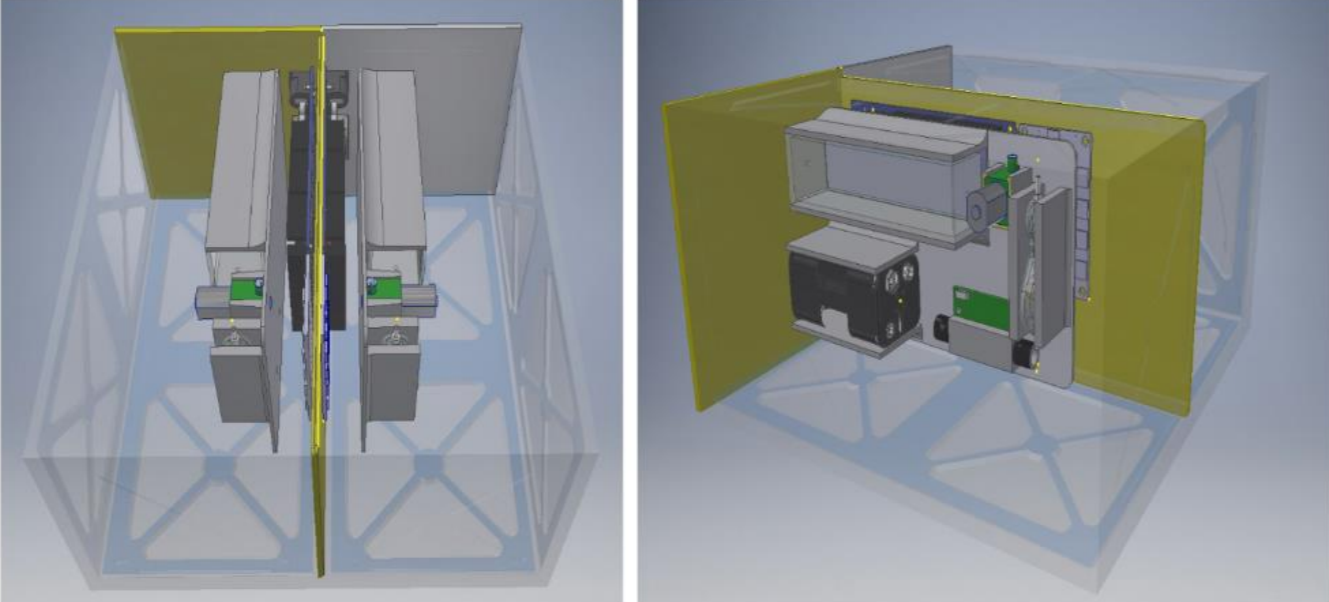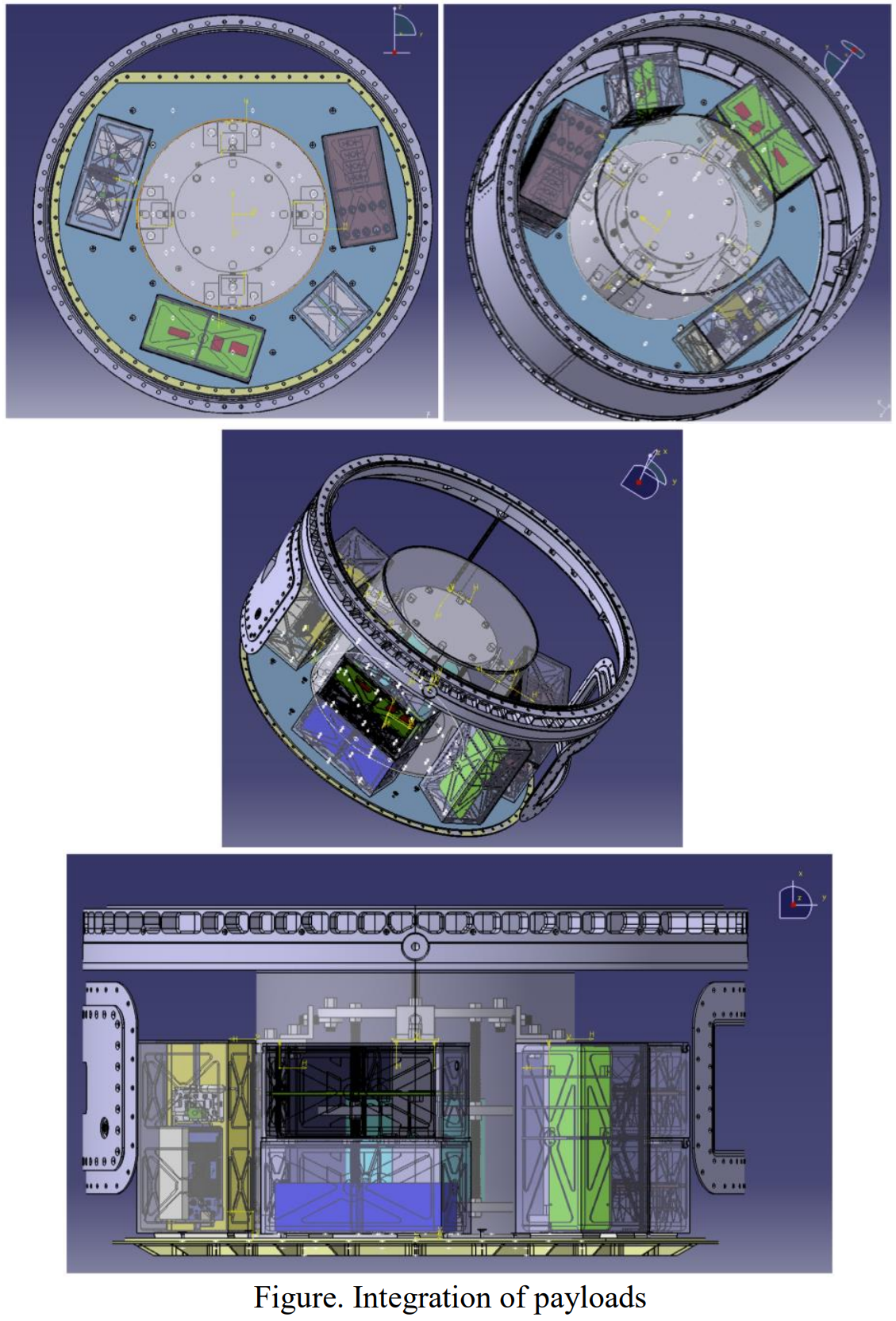PLD Space Suborbital Microgravity Research
PI Pedro LLanos
This project involves the design, development, integration, testing, validation, and verification of various payloads to be flown aboard PLD Space’s MIURA-1 suborbital rocket.
The first payload is a technology demonstration experiment and will consist of testing and validating a hybrid membrane a viable Magnetic Active Propellant Management Device (MAPMD) proof of concept. This technology is already being tested in a parabolic flight through NASA’s Flight Opportunities Program. This MAPMD is a patented technology developed by ERAU and has demonstrated effective slosh suppression in 1g laboratory setting.
The second experiment's objectives will be to further elucidate the mechanisms altering T‐cell behavior under microgravity (expanding our previous research) and examine the microgravity effect on tumor microenvironment with cancer cells (breast and colon). The third experiment objective is to determine the microgravity effects on intracranial pressure by regulations of a cerebrospinal shunt. This research study is aimed to characterize the effects of fluid shift in a shunt generated by changes in the attitude of the rocket. The fourth experiment will be an avionics box with state‐of‐the‐art sensors to measure the environmental conditions of the rocket and compare these flight parameters with the flight provider.
1. MAPMD will enhance the TRL level achieved with previous payloads launched on NASA’s Zero-G parabolic flights. This research will expand our knowledge of fluid behavior management under various flight stressors while enhancing the aerospace technologies of the suborbital market and future orbital endeavors.
2. The In-vitro experiment will enhance our understanding of the biomechanics of cells using novel state-of-the-art technologies. To our knowledge, this will be the first time that these technologies will fly on a suborbital flight. This research will expand the basic applied research answering fundamental science questions. This project is described in more detail in its own section.
The shunt experiment will improve our knowledge on whether people (with hydrocephalus medical condition) could, one day, fly to space. This research is intended to answer basic applied research questions.
3. The telemetry experiment is another S.T.E.M. payload from which researchers expect to gain valuable data of the flight profile and the conditions inside the rocket that may affect other payloads.
4. The telemetry experiment is another S.T.E.M. payload from which researchers expect to gain valuable data of the flight profile and the conditions inside the rocket that may affect other payloads.
Research Dates
01/01/2018 to 12/31/2021
Researchers
Categories: Faculty-Staff





